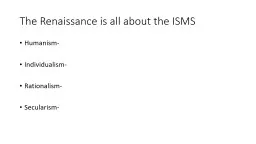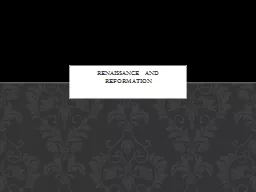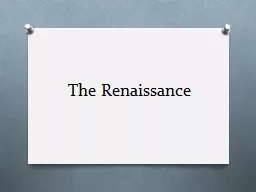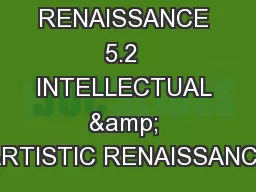PPT-The Renaissance is all about the ISMS
Author : pasty-toler | Published Date : 2018-03-19
Humanism Individualism Rationalism Secularism Vitruvian Man by Leonardo Da Vinci Botticellis birth of Venus Lorenzo Valla Lorenzo Valla 14061457 was the author
Presentation Embed Code
Download Presentation
Download Presentation The PPT/PDF document "The Renaissance is all about the ISMS" is the property of its rightful owner. Permission is granted to download and print the materials on this website for personal, non-commercial use only, and to display it on your personal computer provided you do not modify the materials and that you retain all copyright notices contained in the materials. By downloading content from our website, you accept the terms of this agreement.
The Renaissance is all about the ISMS: Transcript
Download Rules Of Document
"The Renaissance is all about the ISMS"The content belongs to its owner. You may download and print it for personal use, without modification, and keep all copyright notices. By downloading, you agree to these terms.
Related Documents














